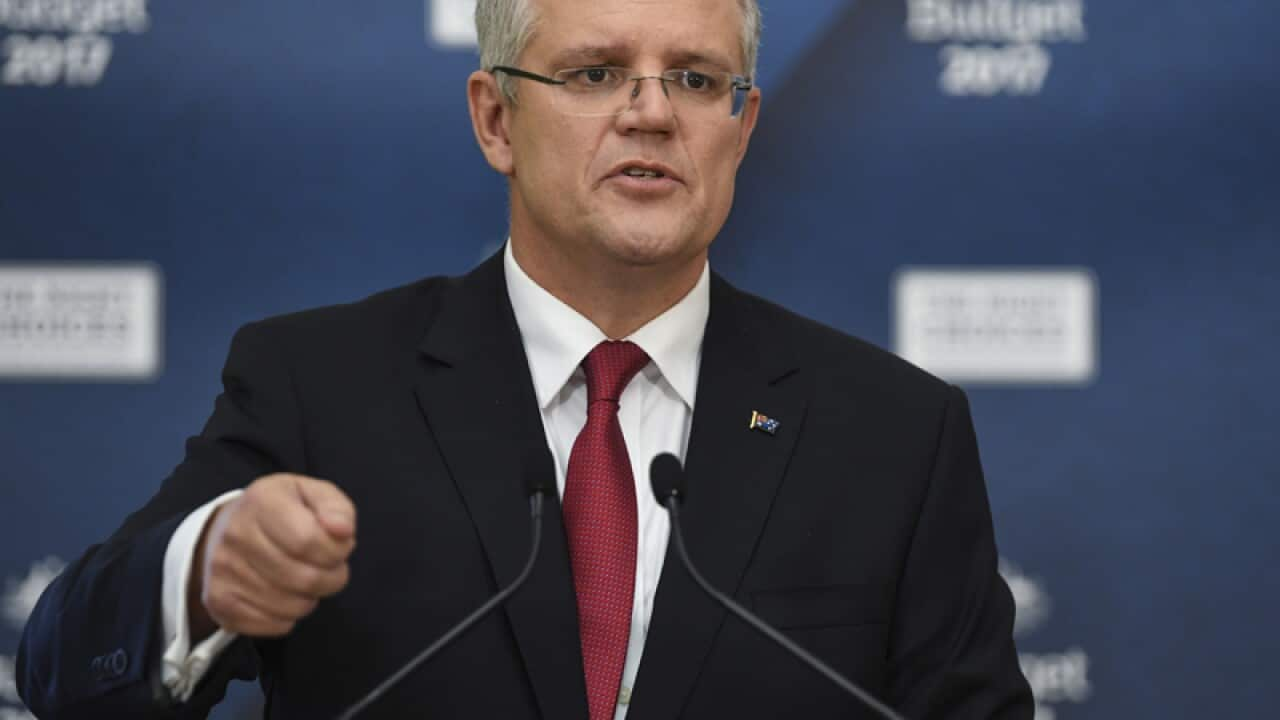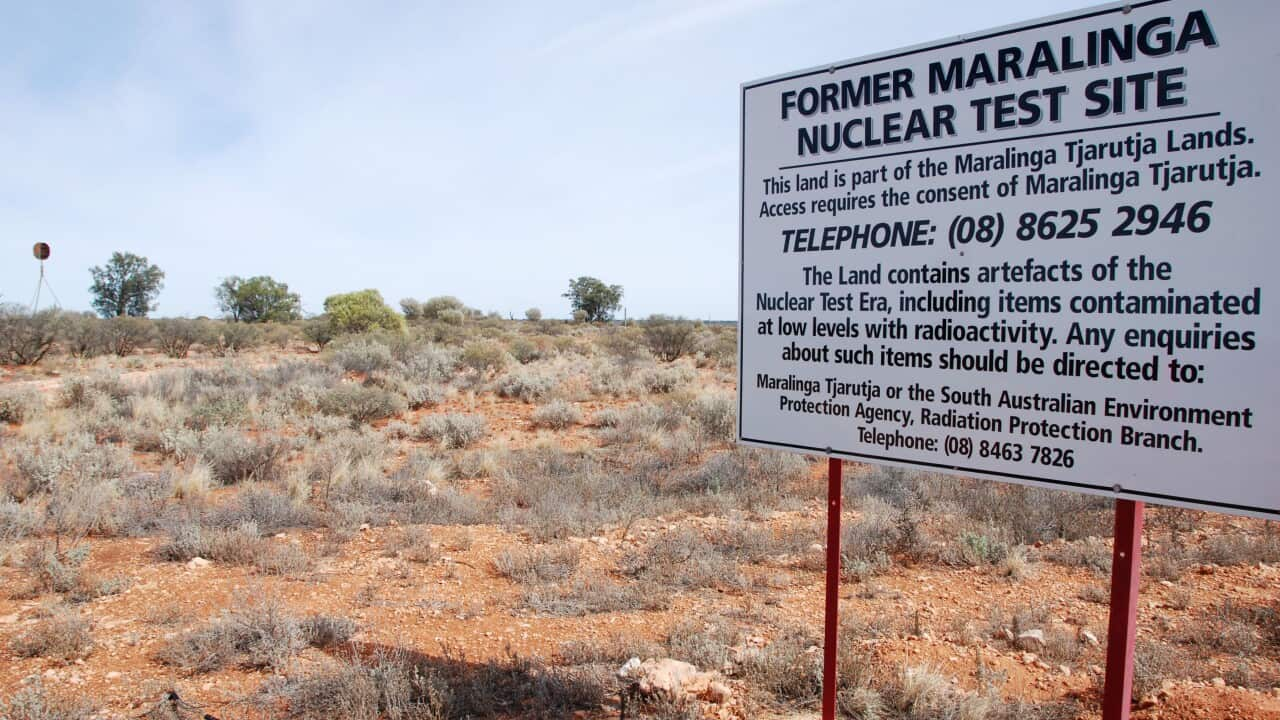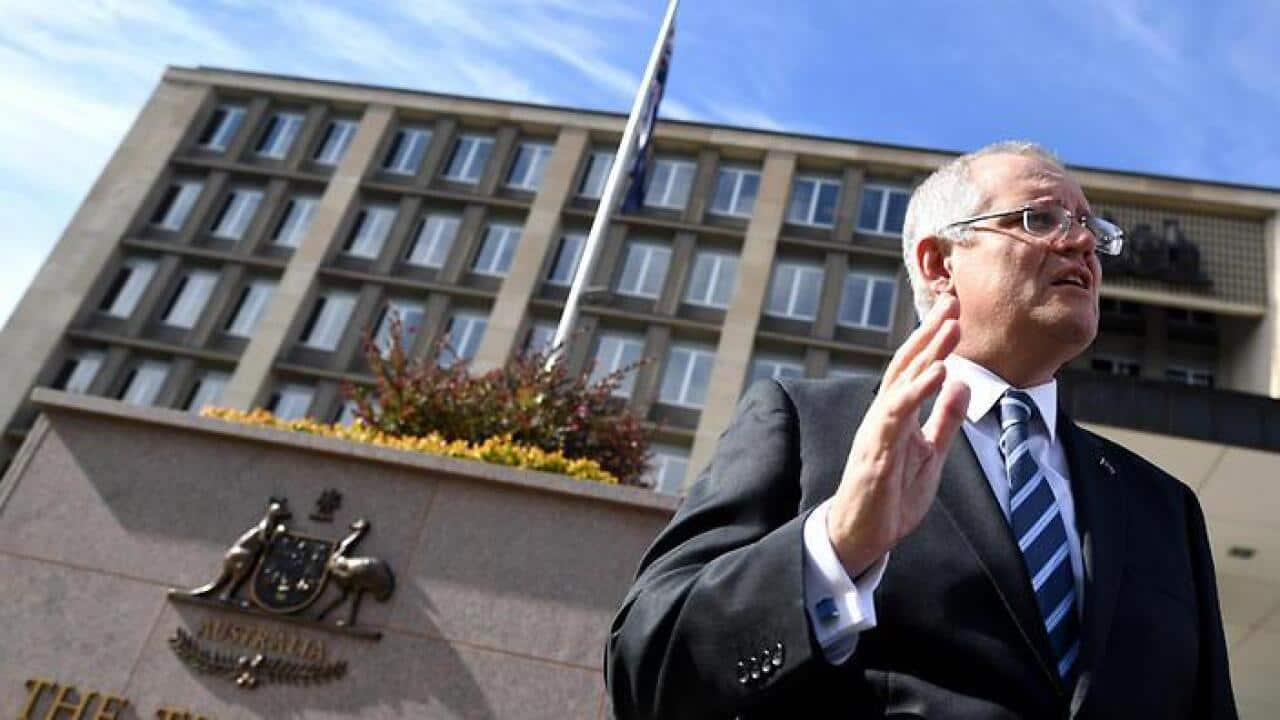The Treasurer Scott Morrison calls his second budget one of choice and fairness.
The big picture for the Australian economy is that the budget deficit is $29.4b billion, down from $37.6 billion from 2016-2017.
The government’s major announcements include a number of key areas;
- $75b to be injected into infrastructure over the next ten years.
- Increased Medicare rebate and cheaper medicines.
- National Disability Insurance Scheme to be delivered by 2020 (revenue raised by new Medicare levy).
- Australia’s big four banks & Macquarie Bank will be slugged with a new levy, and face hefty fines for misconduct.

Source: NITV News
Since 2009, when the budget deficit began to grow, it peaked at 54 billion dollars, improving in 2012.
But now, it's back over $29.4 billion dollars and the government is hoping for a surplus in just 4 years by 2020-2021 at $7.4 billion. But how has the Government prioritised Indigenous spending?
But how has the Government prioritised Indigenous spending?

Source: NITV News
The Indigenous Affairs Minister, Nigel Scullion, said in a statement that his department’s major focus is to drive jobs, growth and investment of Aboriginal and Torres Strait Islander people by supporting them into employment and growing the Indigenous business sector.
Here’s how Indigenous Affairs measured up.
INDIGENOUS BUSINESS
The government has announced this budget will focus on focus on driving Indigenous jobs, growth and investment.
The government will redirect $146.9 million over four years from Indigenous Business Australia to the Department of the Prime Minister to facilitate the delivery of innovative and effective support for Indigenous businesses and entrepreneurs.
Services will include workshops, business planning and training. The measure will also provide tailored loan products, including capital assistance for Indigenous entrepreneurs who would like to establish or grow their business.
Youth mentoring and support for people who are looking for work after leaving prison are part of a $55 million investment dedicated to employment programs for Indigenous Australians.
The government also wants to spend more than $50 million for a research and evaluation strategy of Indigenous policies and programs, $10 million of which would be set aside for a new Indigenous Research Fund.

Source: NITV News
WELFARE
CASHLESS DEBIT CARD
The government will also extend and expand cashless debit card trials.
The two trial sites in Ceduna, South Australia, and the East Kimberley, in Western Australia, will be extended for a further 12 months, until 30 June 2018.
Another two new locations will be trialled from 1 September 2017.
DRUG TESTING
Dole recipients will be drug tested, forced to spend more time looking for work, and have their welfare cut after a “three-strike” demerit point system in a tough, new stance on welfare recipients unveiled in the Budget.
Thousands of new welfare recipients will be reeled into a random drug testing trial in three selected locations.
Those who fail the first test will be placed on the cashless welfare card and have their welfare quarantined from buying drugs or alcohol
CLOSING THE GAP
EMPLOYMENT
To help close the employment gap, the government says it will inject $55.7 million over the next five years to reach the employment target.
The government will provide $55.7 million over five years from 2016-17 to help meet their Closing the Gap employment targets for Indigenous Australians. This measure will enable stronger engagement by employment service providers with Indigenous communities and provide enhanced support for Indigenous participants.
This measure includes:
• $33.2 million over five years from 2016-17 to deliver pre-employment training and mentoring for Indigenous participants, and to expand access to the Transition to Work program to all Indigenous job seekers aged 21 years or under;
• $17.6 million over five years from 2016-17 to trial additional employment assistance to Indigenous prisoners, to ensure they are provided with better preparation and assistance to transition from prison to an employment assistance program after their release. The measure includes additional support in the immediate post-release period, as part of the government’s response to COAG’s 2016 Prison to Work Report;
• $5.0 million over four years from 2017-18 to support the implementation of community-designed and delivered employment services in Yarrabah, Queensland.
• Immediate access to increased wage subsidies (from $6,500 to $10,000) for Indigenous participants to better support their employment outcomes, with funding to be met from within the existing Wage Subsidies Funding Pool.
EDUCATION
To help close the gap in literacy achievement, the government will provide $5.9 million over four years from 2017-18 to trial the use of digital applications to improve English literacy outcomes for Aboriginal and Torres Strait Islander children. The trial will be undertaken over two years, 2019 and 2020, in 20 preschools around Australia.
The Australian Government will invest a record $242.3 billion for schools recurrent funding. This includes an estimated loading of $4.2 billion for Aboriginal and Torres Strait Islander students. Commonwealth funding provided through the loading will increase from $962.6 million over 2014–17 to approximately $1.4 billion over 2018–21, an increase of 46 per cent.
In 2018, this additional funding is expected to benefit around 213,504 students who identify as Aboriginal or Torres Strait Islander.

Source: NITV News
POLICIES & PROGRAMS
The government will provide $52.9 million over four years to implement a whole-of-government research and evaluation strategy for policies and programs affecting Indigenous Australians, including the establishment of an Indigenous Research Fund.
This measure includes three components:
• $40.0 million over four years from 2017-18 to strengthen evaluation of the Indigenous Advancement Strategy.
• $10.0 million over three years from 2017-18 to establish an Indigenous Research Fund that will add to the Indigenous policy evidence base.
• $2.9 million over four years from 2017-18 for the Productivity Commission to enhance its role in Indigenous policy evaluation and to expand the Commission to include an additional Commissioner with relevant experience in Indigenous policy.
While the government will continue to sell its budget, time will only tell its true effect on Indigenous Australians.












